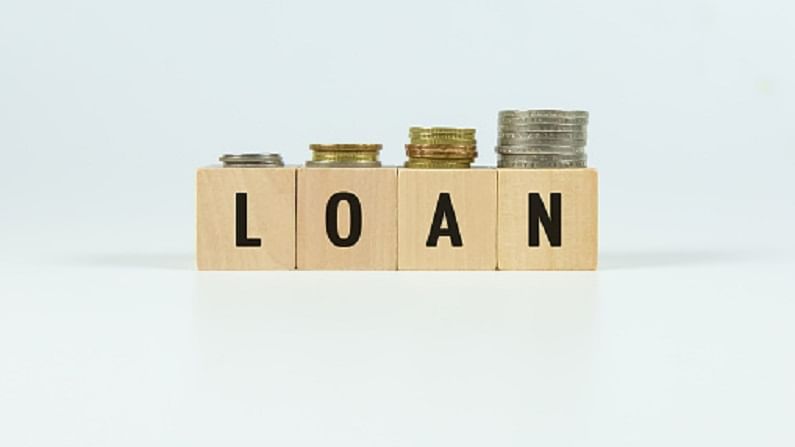Here's how Covid-19 has altered the lending pattern
For borrowers who were in need of cash, possibly to meet a medical expense, they had to use whatever means they had available.

Even before Covid struck, the health of many Indian lenders was on a shaky footing. What we had termed the IL&FS crisis is not worthy of the name compared to what was about to happen. After initially watching the Covid epidemic (it wasn’t yet called a pandemic) unfold in other countries, it wasn’t long before the first cases were detected in India.
Cognisant of India’s vast population, and a healthcare system without the capacity to deal with a crisis, the Government rushed to impose a nationwide lockdown with effectively no notice. While they did succeed in delaying the spread of the virus, this action still created a large casualty: the economy.
In the second quarter of 2020, the Indian economy contracted a whopping 24%. It was inevitable that there would be an impact on lenders and lending.
Lending in a time of Corona
When economic activity has dropped off a cliff, there are two things to immediately recognise: first, that risk has materially increased, and second, that the old models of underwriting which are based on “normal” economic conditions are no longer reliable.
The rational response from lenders was to raise the drawbridge of credit supply. There was an immediate tightening of eligibility criteria; income and credit score thresholds both jumped.
Further, expansionary customer acquisition strategies went out of the window; this was a time to play it safe. Lenders concentrated on the customers they knew the best, their existing borrowers, and eschewed new borrowers.
In a similar vein, this was a time to double down on your safest bets. Secured lending saw rates decrease as these were the safe options that all lenders were comfortable to deploy.
The consumer reaction
The Covid induced recession of course impacts loan demand too. There is a heightened sense of uncertainty and a loss of confidence. Borrowers naturally ask whether they’ll suffer from a loss of pay, or worse, lose their job altogether. Small business owners faced a sudden risk of insolvency.
Elevated economic risk naturally leads to a desire to de-lever. On the margin, consumers chose to reduce their existing liabilities rather than take on new ones. They chose to hold off on that luxury purchase they had been thinking about. Maybe the car they have is alright after all. There was a precipitous drop in the demand for personal loans. In the future, there will be a significant dip in large ticket sized loans. In the wake of economic distress owing to the Coronavirus pandemic, a majority of people will be more inclined towards small ticket sized loans, for emergencies or for financing immediate requirements.
For borrowers who were in need of cash, possibly to meet a medical expense, they had to use whatever means they had available. There was a large increase in supply of gold loans since this was the only asset which consumers were able to borrow against in their hour of need. People don’t want to pledge their family heirlooms, but sometimes they have no choice.
The lingering pain
The RBI last year granted lenders the option to offer loan moratoriums to their borrowers. Ostensibly, this was to provide relief to these borrowers, but it also allowed lenders to avoid recognising losses. Approximately 40% of consumer loans were placed into moratorium.
The moratorium has now ended, but the proverbial can has largely been kicked down the road once more in the form of loan restructurings.
With Covid lingering on, so does the pain. Lenders are still licking their wounds; how will they ever get their money back?
A silver lining
One lender’s crisis is another’s opportunity. Many great and enduring businesses have been built in a time of crisis. The second wave is now in our rearview mirror, the third wave to the extent there is one, is likely to be of a lower magnitude. Most lenders are still looking inwards, they need to get their houses in order. For those with clean balance sheets, there is a vacuum that needs to be filled.
(The writer is c0-founder and CEO, NIRA. Views expressed are personal)